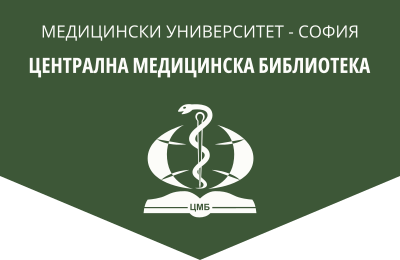Keratinocyte cancers, dysplastic nevi and cutaneous melanoma development after intake of potentially nitrosamine/NDSRIs contaminated drugs: new data. Important links to photo-(nitroso-) carcinogenesis and pharmaco-oncogenesis
Medical Review (Med. pregled), 2024, 60(5), 62-72.
S. Kordeva1, L. Ivanov2, A. Alexandrov2, A. C. Simon1, C. S. Henry1, J. M. Joseph1, I. S. Todorov1, G. Tchernev1,2
1 Onkoderma – Clinic for Dermatology, Venereology and Dermatologic Surgery – Sofia
2 Department of Dermatology and Venereology, Medical Institute of Ministry of Interior – Sofia
Abstract. The exact pathogenetic mechanism associated with nitrosogenesis and pharmacooncogenesis/oncopharmacogenesis in keratinocytic cancer and melanoma remained unclear until recently. The lack of formal recognition or definitive formalization of the presence of certain carcinogens/mutagens, also known as nitrosamines/ nitroso compounds, in the packaging of drugs of heterogeneous types has severely hampered analyses, evaluation and conclusions regarding their pathogenetic role in skin cancer development and progression. It remains a widely accepted and well-known fact that mutations in the genome regulator p53 and RAS oncogenes contribute significantly to the development of basal cell carcinomas and cutaneous melanomas. Nitrosamines are also involved in the induction of mutations in the RAS oncogenes and in p53. Following these well-known findings, it would not surprise anyone that nitrosamines/NSDRIs, which are “potentially or actually” present in the most widely distributed drugs worldwide, could also exert a certain carcinogenic/mutagenic effect on human DNA. The article serves to 1) confirm findings documented recently and to date in the world literature regarding certain drugs such as: bisoprolol, metoprolol, nebivolol, lisinopril, perindopril, losartan, telmisartan/amlodipine, felodipine and the subsequent activation of cutaneous carcinogenesis. Furthermore, the scientific work 2) introduces new data regarding other potentially/actually contaminated drugs such as clopidogrel, nicergoline, apixaban, triamterene/hydrochlorothiazide, dipyridamole, tamsulosin, tofacitinib, allopurinol, alprazolam, duloxetine and rosuvastatin/zetimibe, and the occurrence of skin cancer is discussed in the context of polycontamination and polymedication.
Key words: nitrosogenesis, pharmaco-oncogenesis, polycontamination, polymedication, FDA list, dermatologic surgery, onco-pharmacogenesis
Address for correspondence: Prof. Georgi Tchernev, MD, e-mail: georgi_tchernev@yahoo.de, tel.: +359 885 588 424
